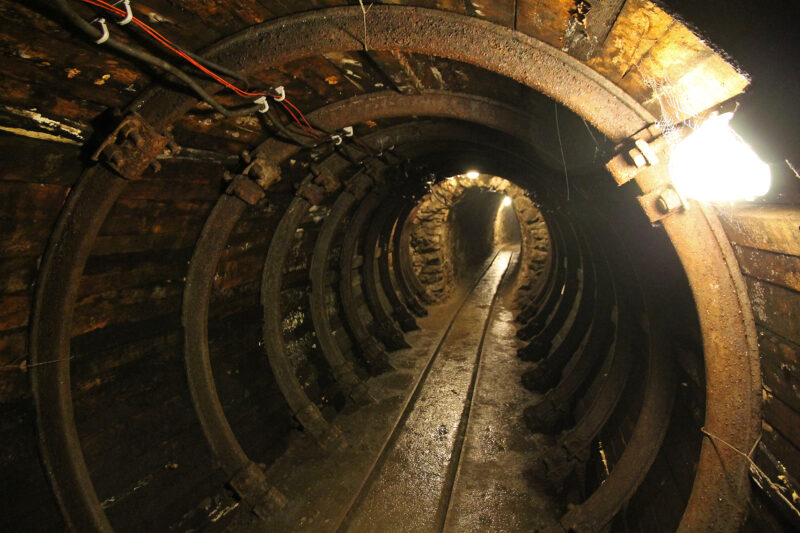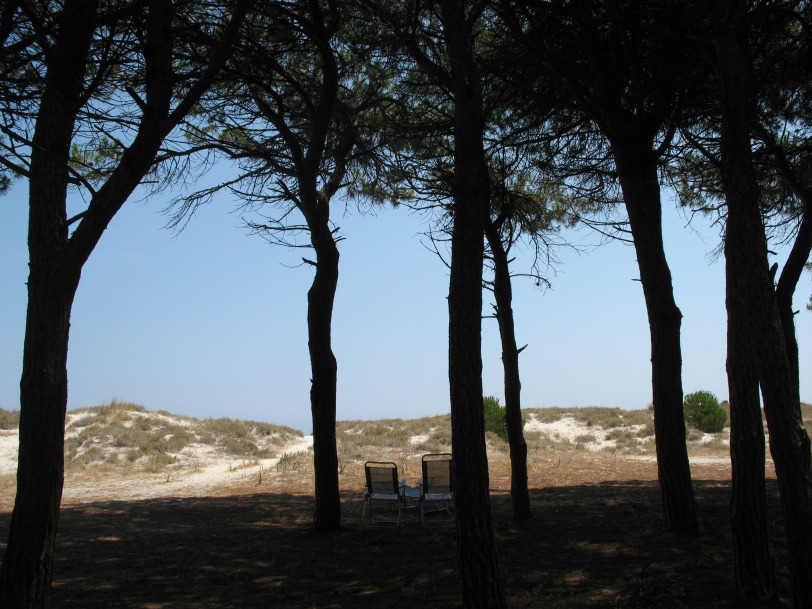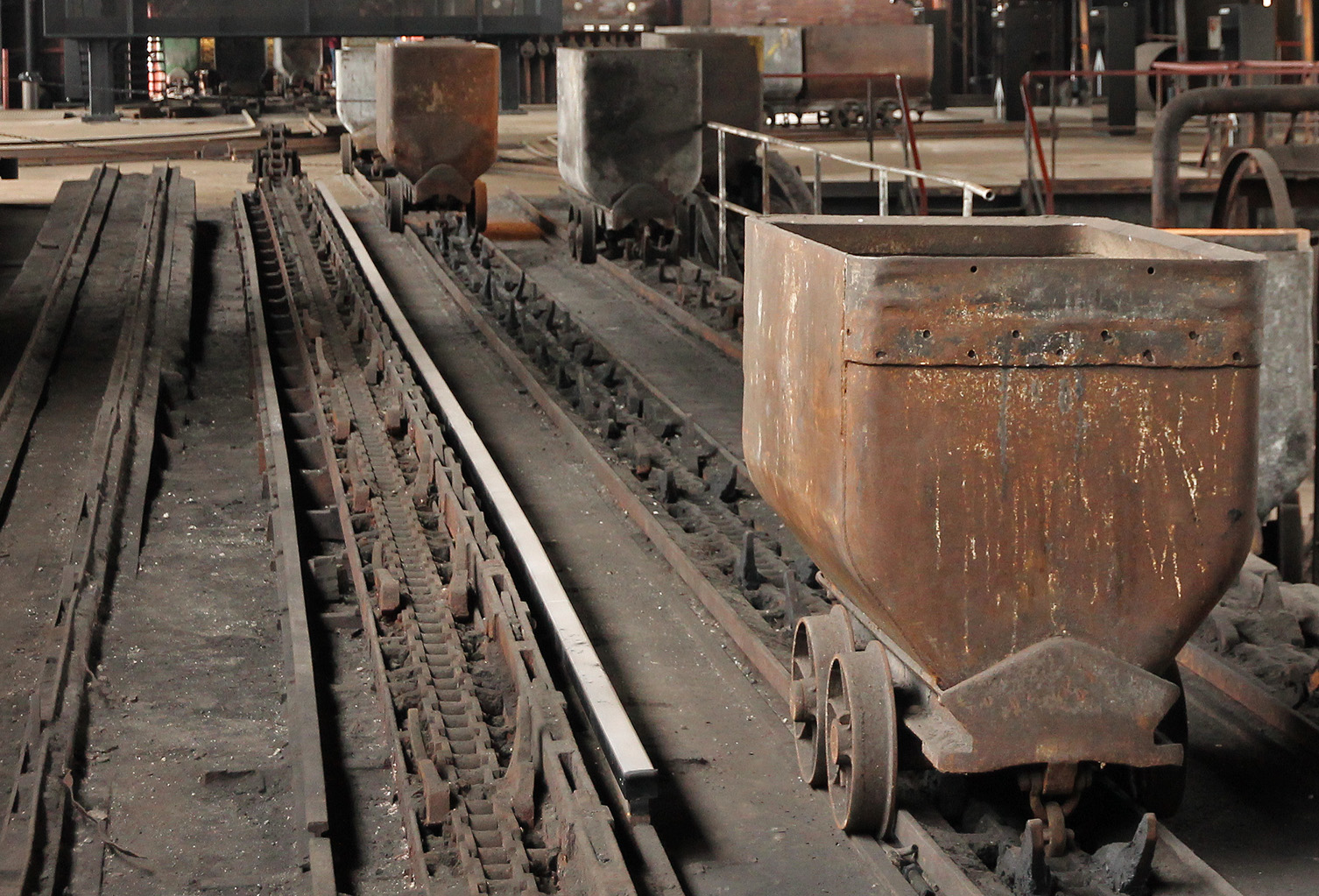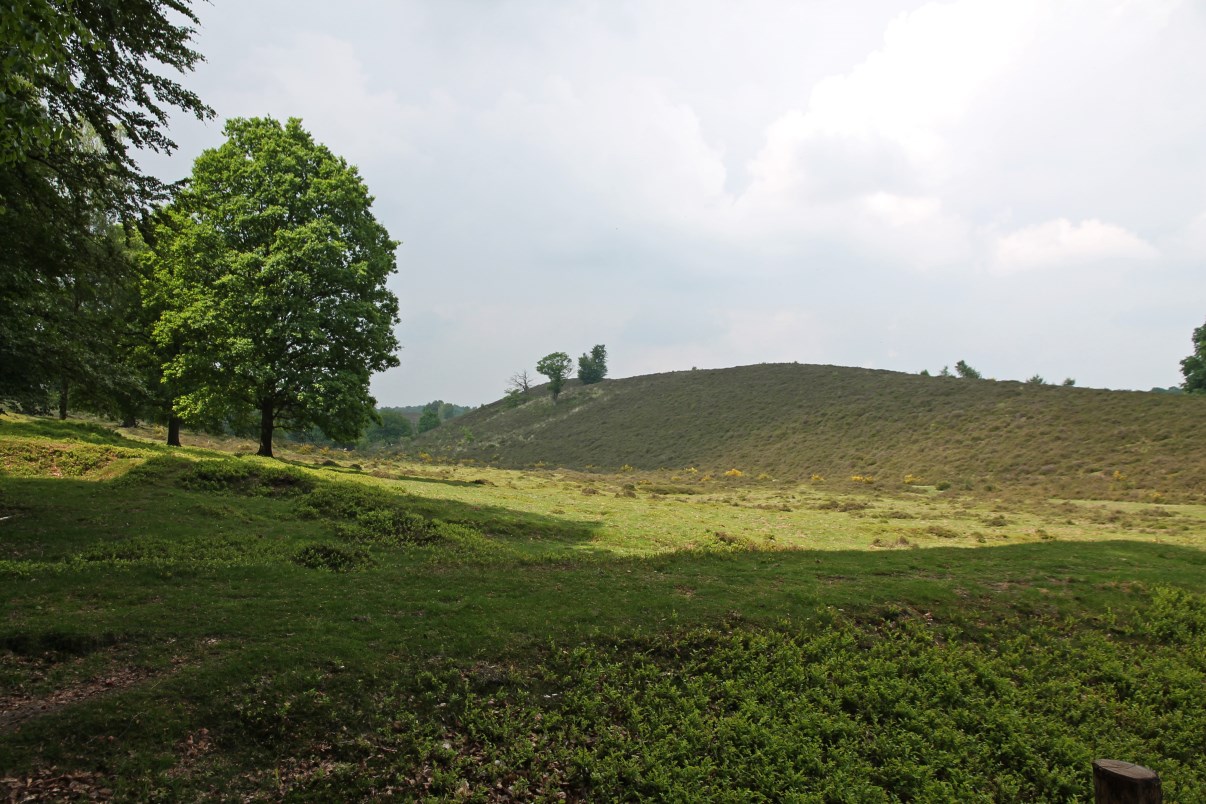As a chemistry teacher, I have a profound interest in the chemical elements that build our planet. As a geology enthousiast, looking for minerals is also a natural reflex for me. So if there is a world heritage site dedicated to the mining and exploitation of such a rare and peculiar element as mercury, I definitely want to see it. We’ve visited the ex-coal mine of Essen Zollverein last year and we loved it, so we were definitely looking forward to this one!
I know that my students are always astonished about the sheer mass of a bottle of pure mercury. But that’s not the only reason why this element is so “different”. It is the only liquid metal on earth, and has/had numerous applications: thermometers, barometers, manometers, fluorescent lamps, dental restoration… Due to the toxicity of this element (+ associated health and environmental risks), its use is much restricted nowadays, and a number of countries have even banned mercury from certain products.
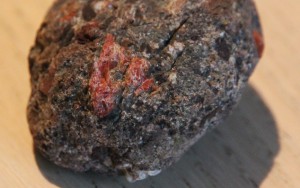
In 2012, UNESCO added the two biggest and most important mercury mines to its list of world heritage sites. The biggest is in Almadén (Spain), the second biggest in Idrija (Slovenia). During our summer trip in Slovenia, we visited the latter one.
The mine tour.
Our campsite was situated near Vipava, which meant we had to cross the rather steep and winding Godovič Pass between Ajdovščina and Črni Vrh. So, it took us quite a bit longer than expected to cover the 40 km (approx. 25 miles) between Vrhpolje and Idrija (almost an hour to be precise). This unexpected obstacle messed up our timing a bit. It got a bit stressy when we arrived in town and had to search for the location of Anthony’s Shaft, which was not clearly indicated. This shaft is a subterranean mine entrance and the starting point for the mine tour. There are three tours each day (also this depends on the time of year): one at 10am, one at 12 o’clock and one at 3pm. We parked the car at 9.55am, so we were already very late for the 10am tour, but arrived just in time. The time schedule wasn’t really very strict, so we still had the time to explore the Šelštev building that contains the entrance to the mine, a former register office built in the 18th century.
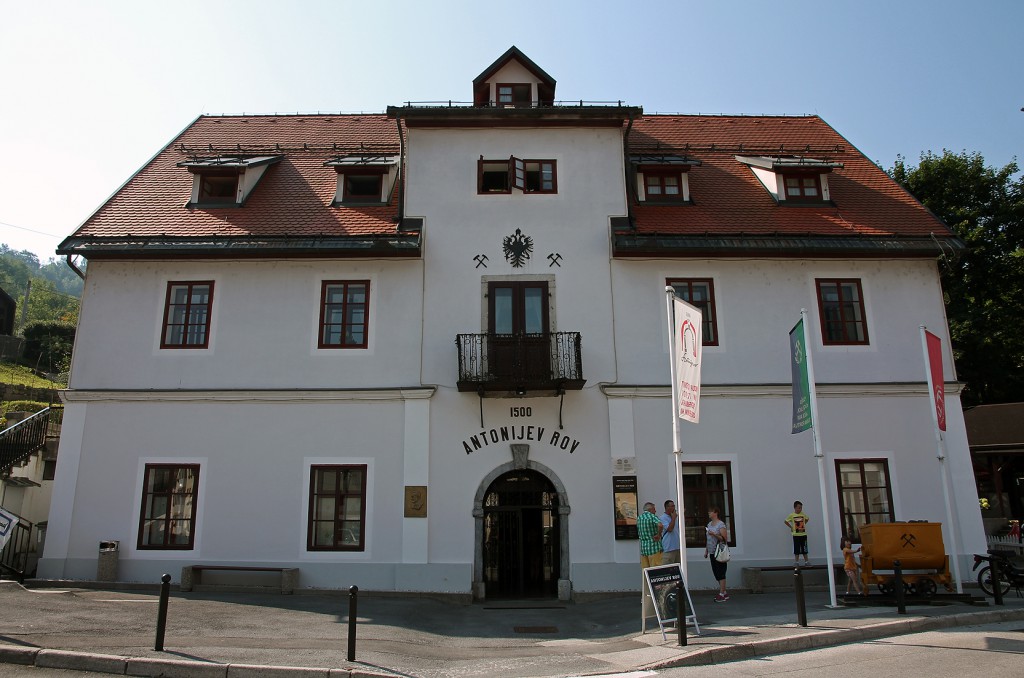
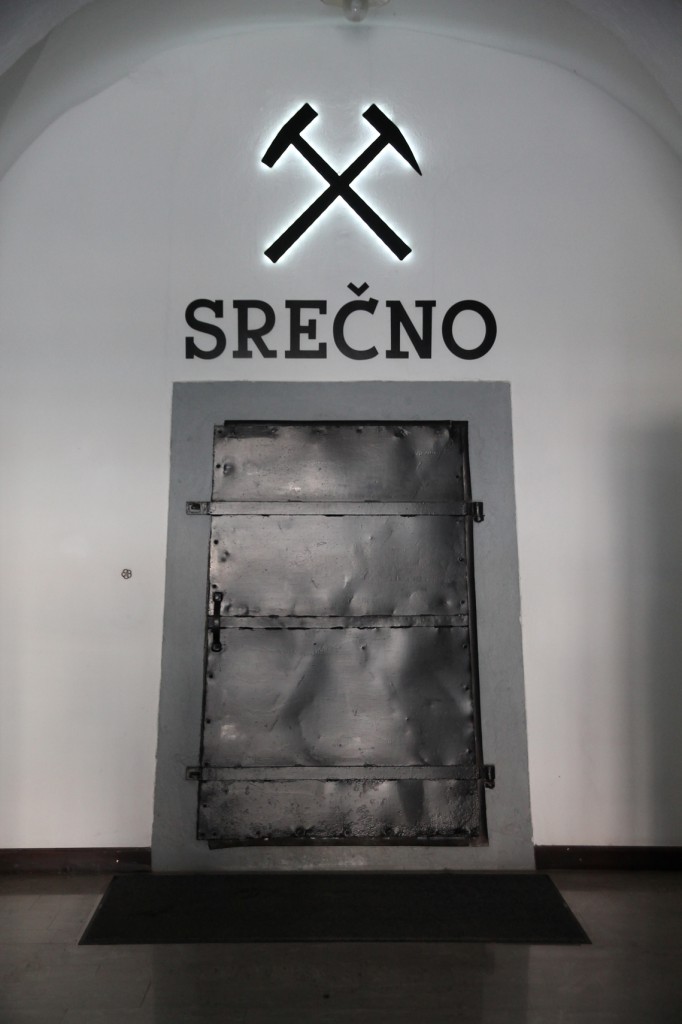
The tour started with an entertaining, 20-minute multimedia presentation about the element mercury and the history of the mine. The presentation is in slovenian, but we received headphones with the English version (other languages are available as well).
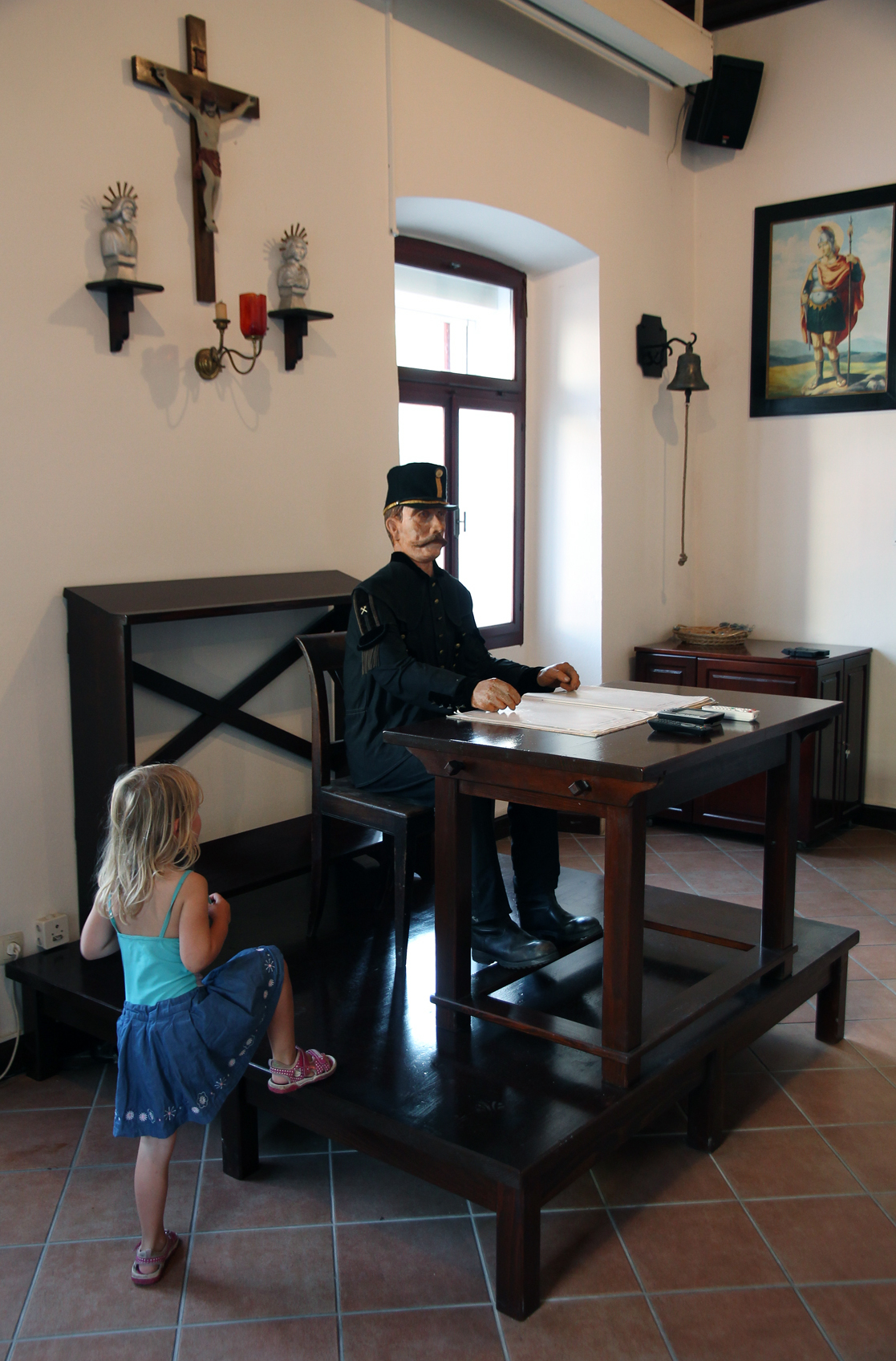
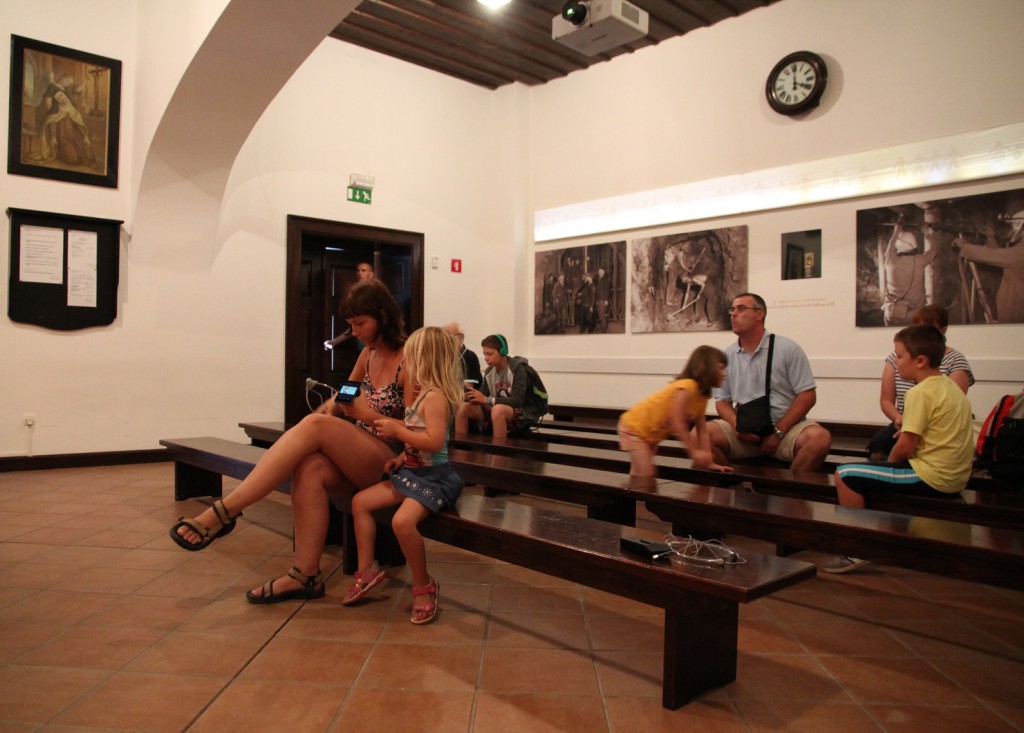
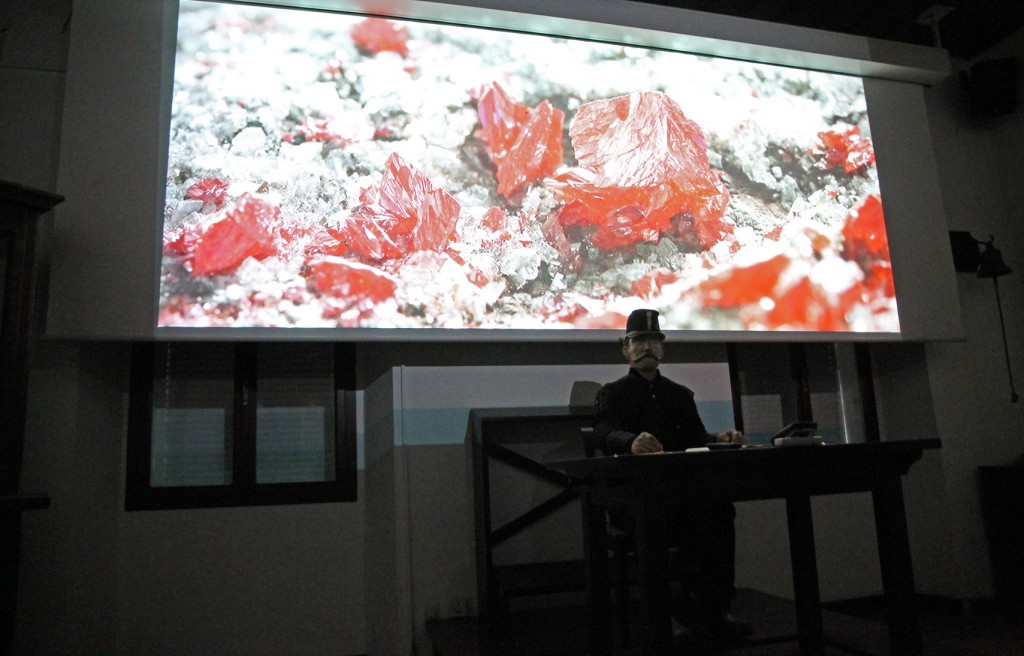
Then came the fun part: we had to dress in overall and hard hat to enter the shaft. The door was opened and together with our guide, we walked into the lamp-lit tunnel.
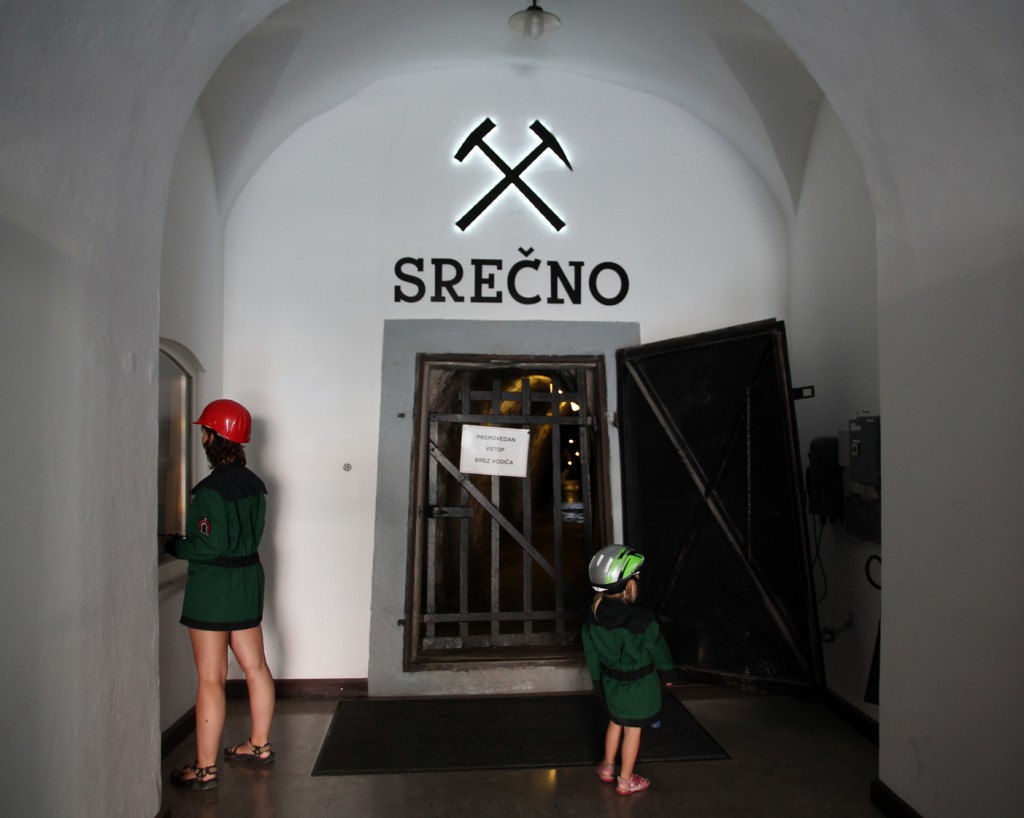
The experience of stepping into an old mine is always one of adventure and anticipation. What will we see and find? Will we ever see the daylight again? Will we run into Perkmandlc, the pit dwarf? Here are the answers:
a. What did we see and find?
– Tunnel after tunnel;
– the 18th-century Holy Trinity Chapel;
– a steep and slippery wooden stairway that takes you 20m deeper down;
– presentations of old working processes in the mine, from manual ore excavation to more modern techniques, illustrated with puppets and a selection of (sometimes original) tools;
– mercury ore and mercury droplets in the walls of the tunnels, safely covered by a (rather dirty and therefore not entirely transparant) glass plate;
– a difficult climb up another stairway to end the tour;
– Perkmandlc, if you’re (un)lucky.
b. Did we see the daylight again?
Eventually, we did. Annick had to go back up much sooner, as she became unwell and nearly fainted. The guide accompanied her back to the entrance.
c. Did we run into Perkmandlc?
On several occasions!
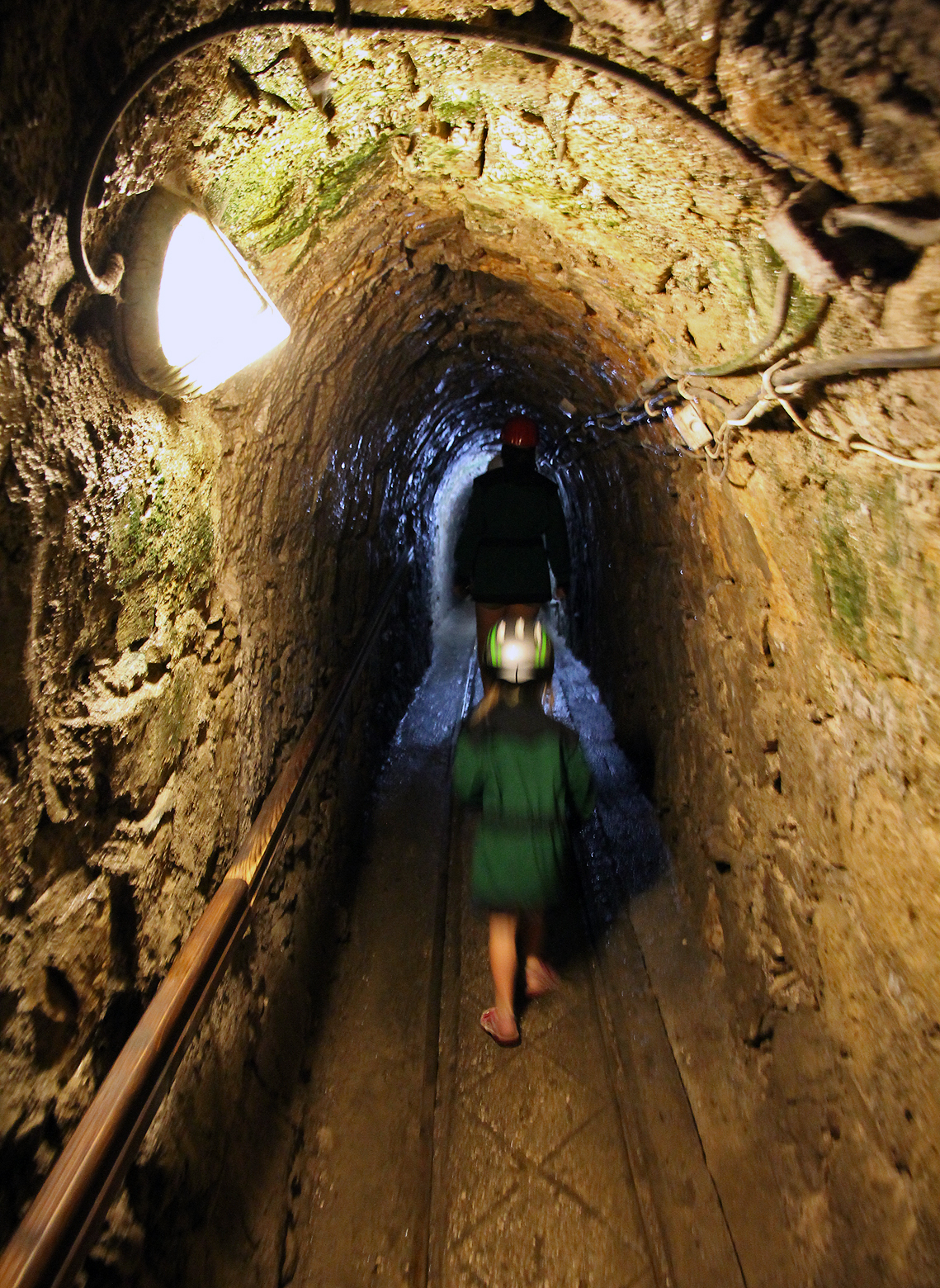
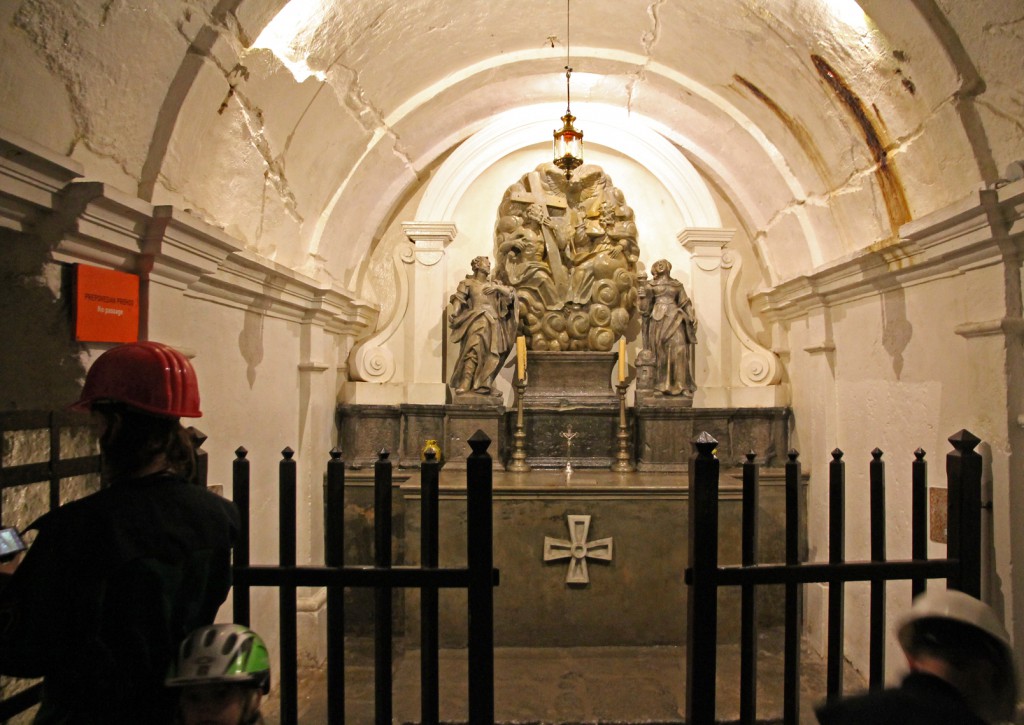
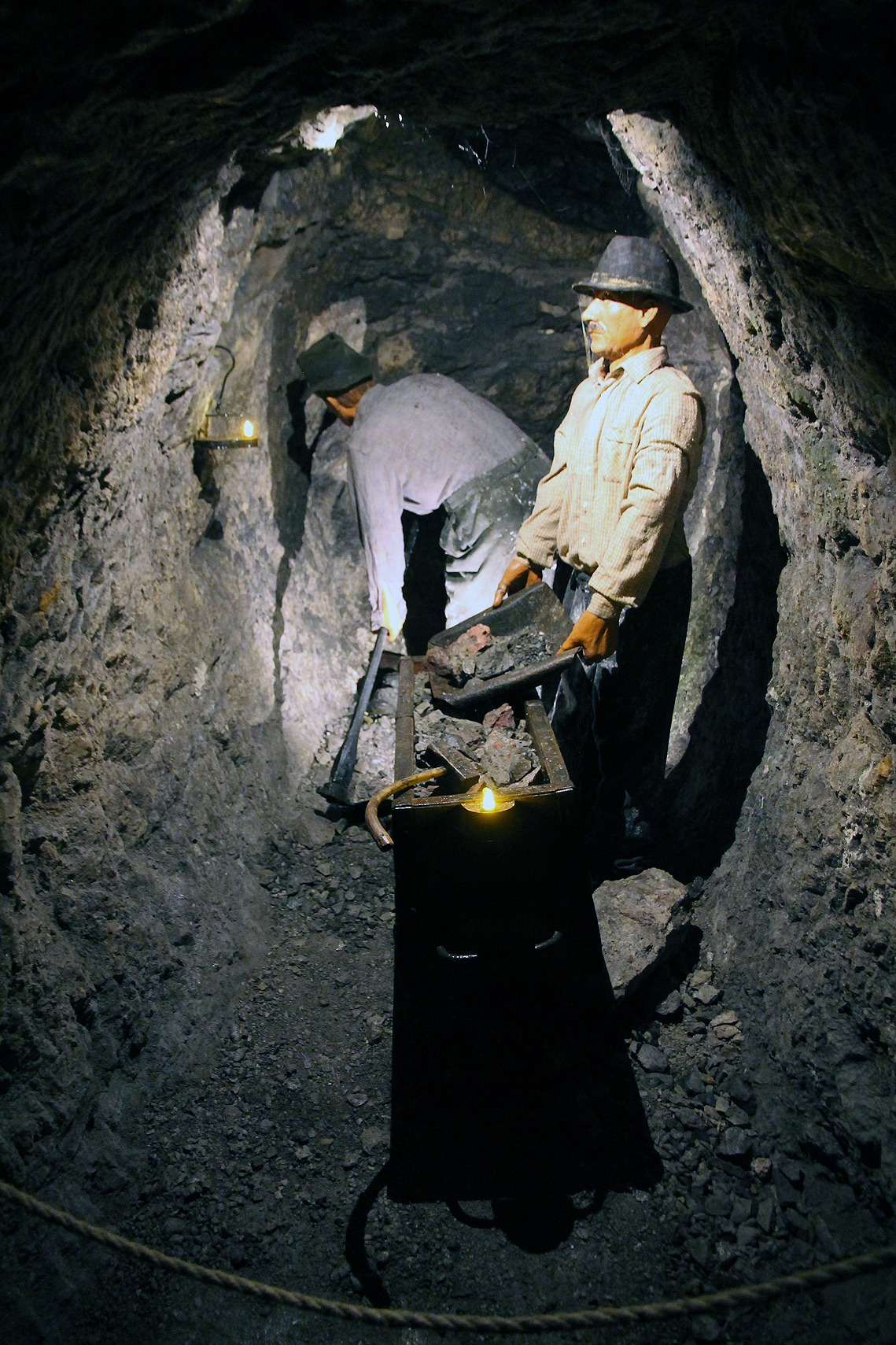
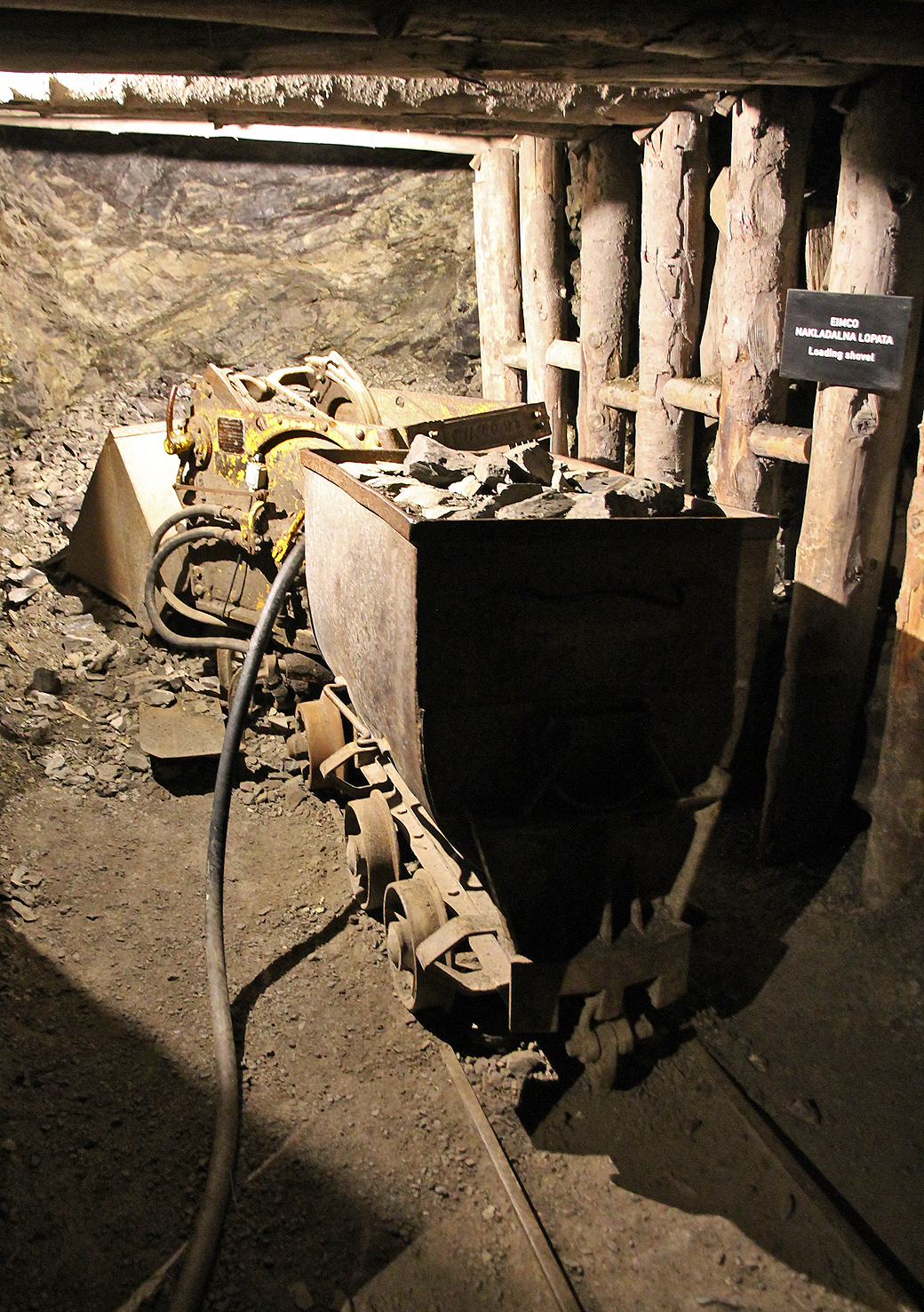
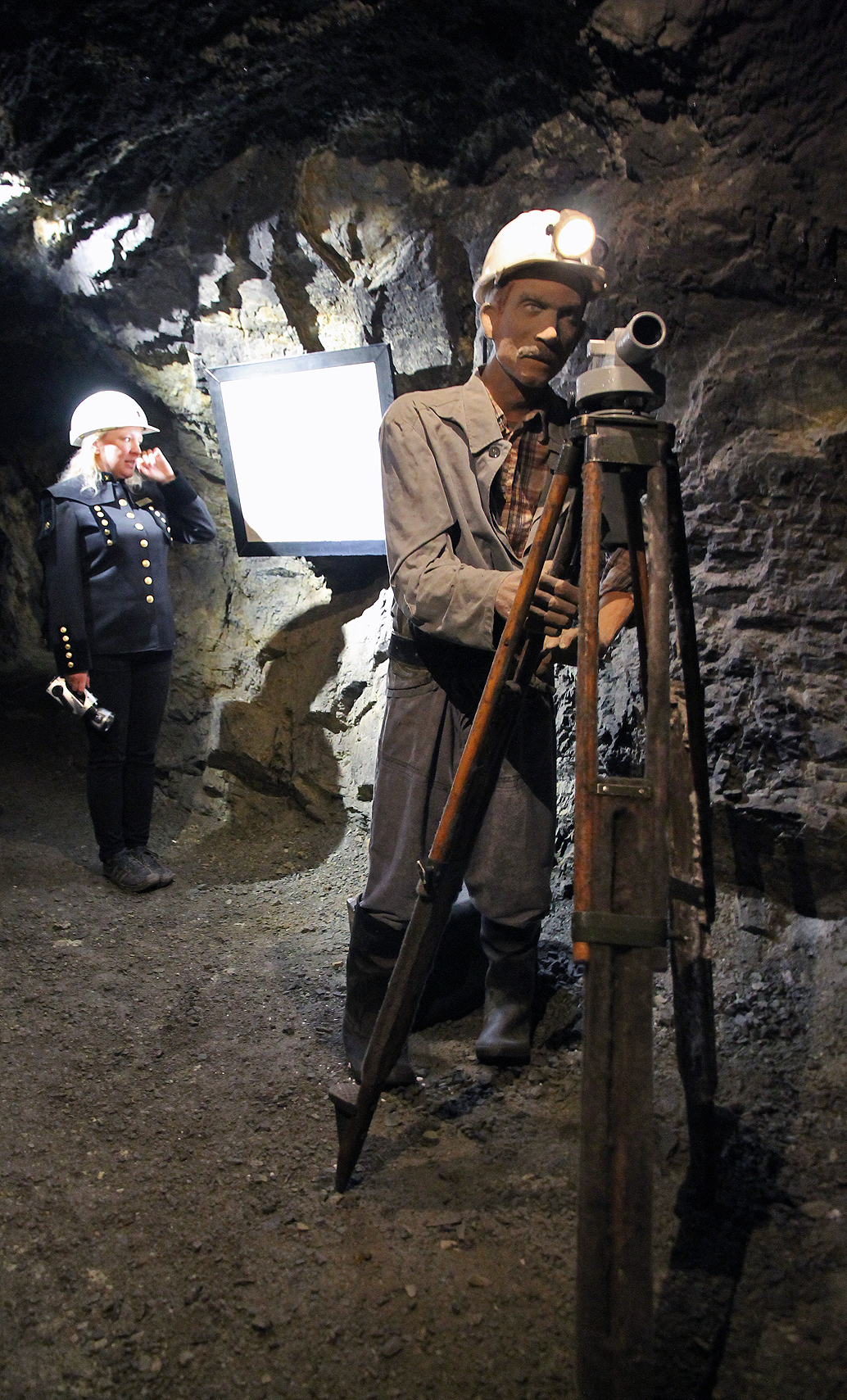
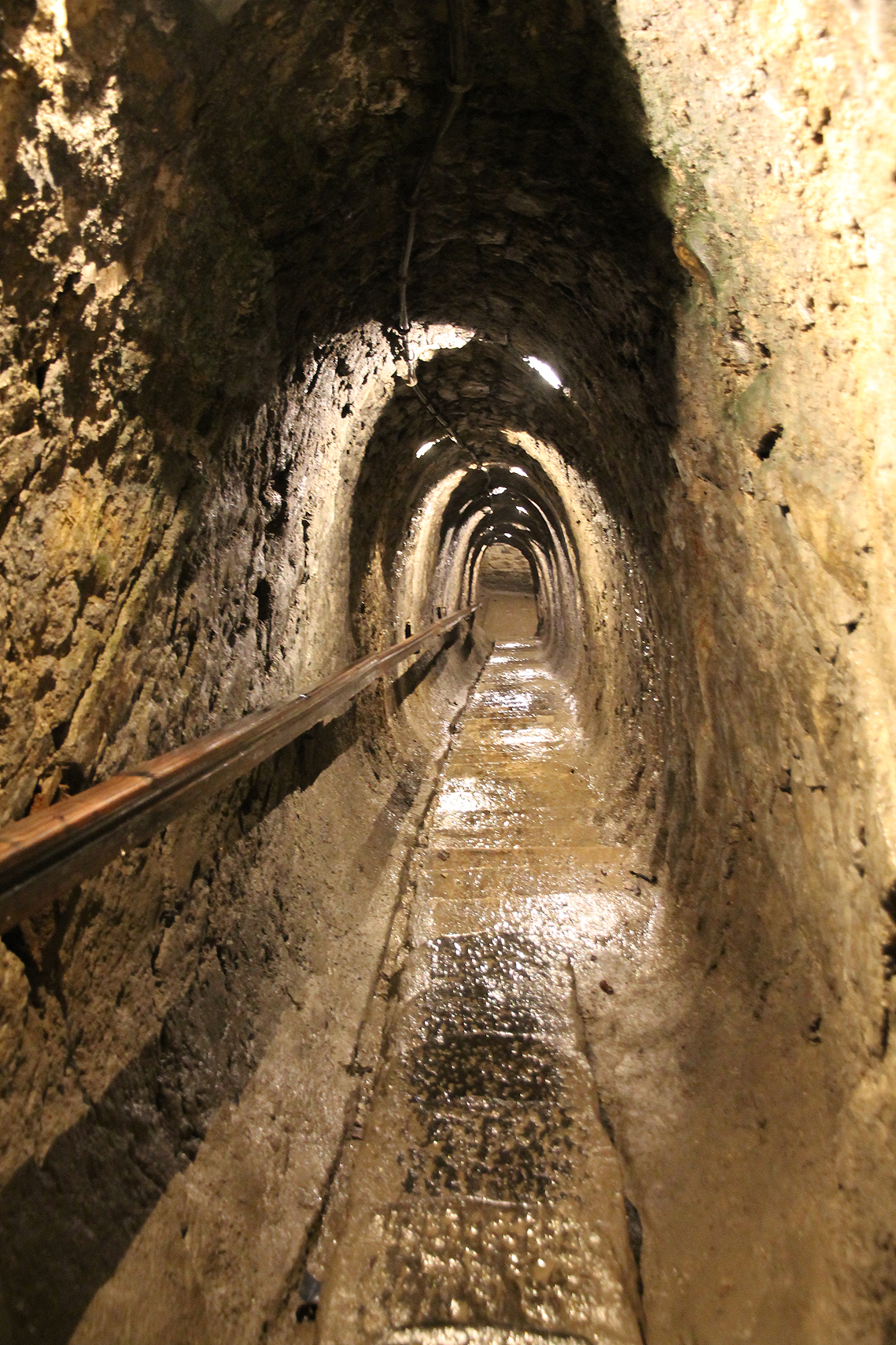
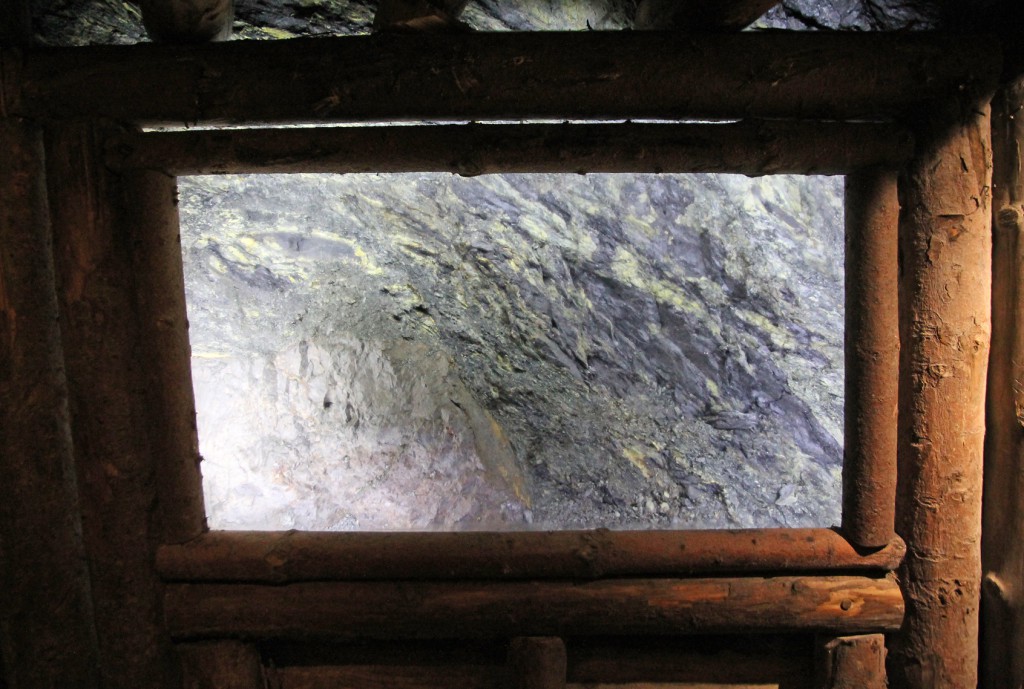
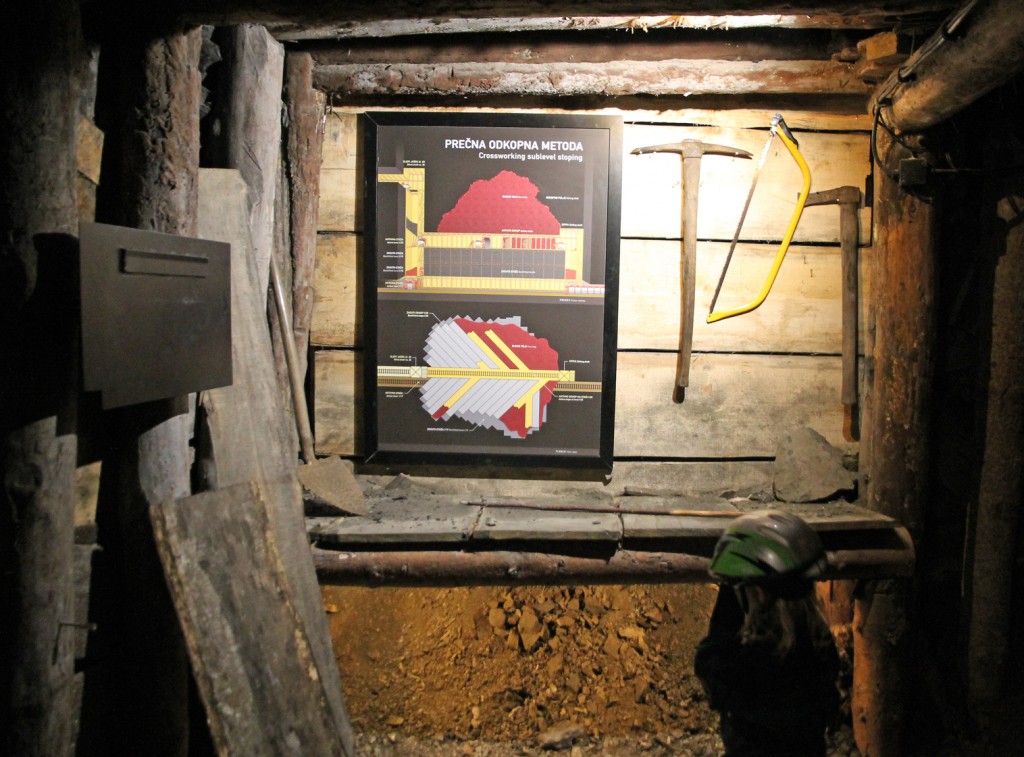
The verdict.
Entering the mine is quite a thrilling experience in itself and the atmosphere inside is (literally) cool and mysterious. The presentations are illustrative for the guide’s explanations and some of them are equiped with lights and sounds. I can’t say it’s all very spectacular, but at least it gives you a perfect overview of how working conditions changed throughout the history of the mine. Personally, I missed the real contact with the ore. The tunnels were all very clean and only on a few occasions you could actually see the ore and the mercury. The tour lacked a bit of geological information and focused exclusively on the human aspect, which, to me, was unfortunate (but that’s a personal opinion, of course).
You should be in a good physical condition to follow the tour. Especially the last stairs are really difficult. Also be aware that oxygen levels are lower here and there is quite a temperature difference between the inside and the outside. This (according to our guide) frequently results in people becoming unwell.
The town.
Anthony’s shaft is not the only heritage of mercury. Idrija has been a miners’ town for many centuries and many buildings still bear witness to this history:
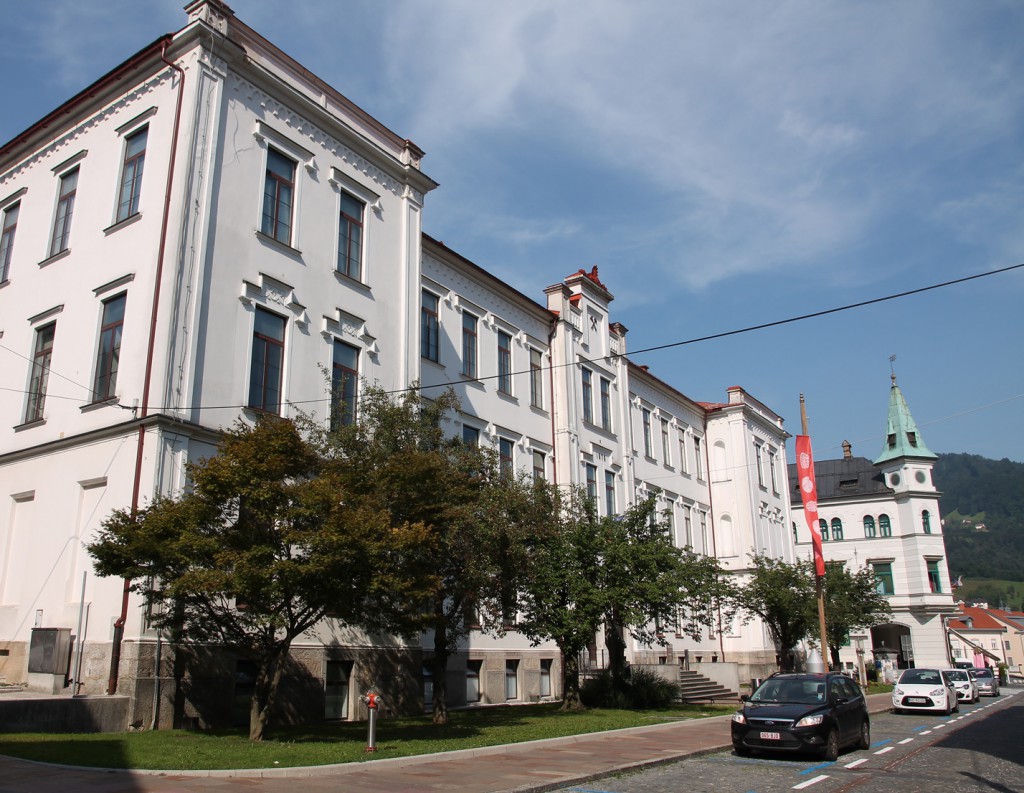
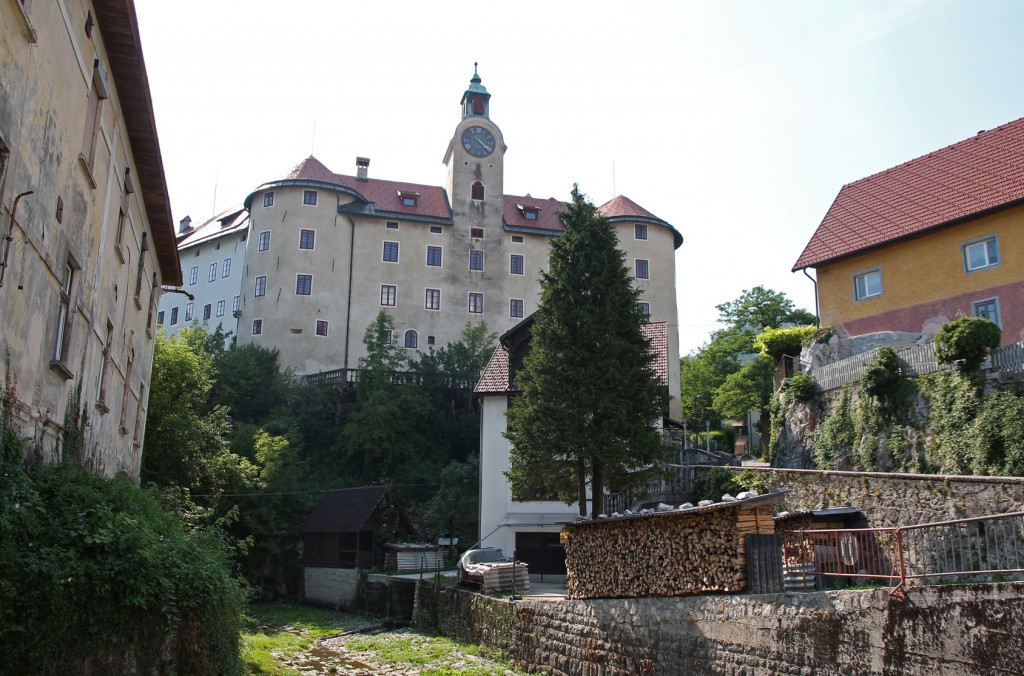
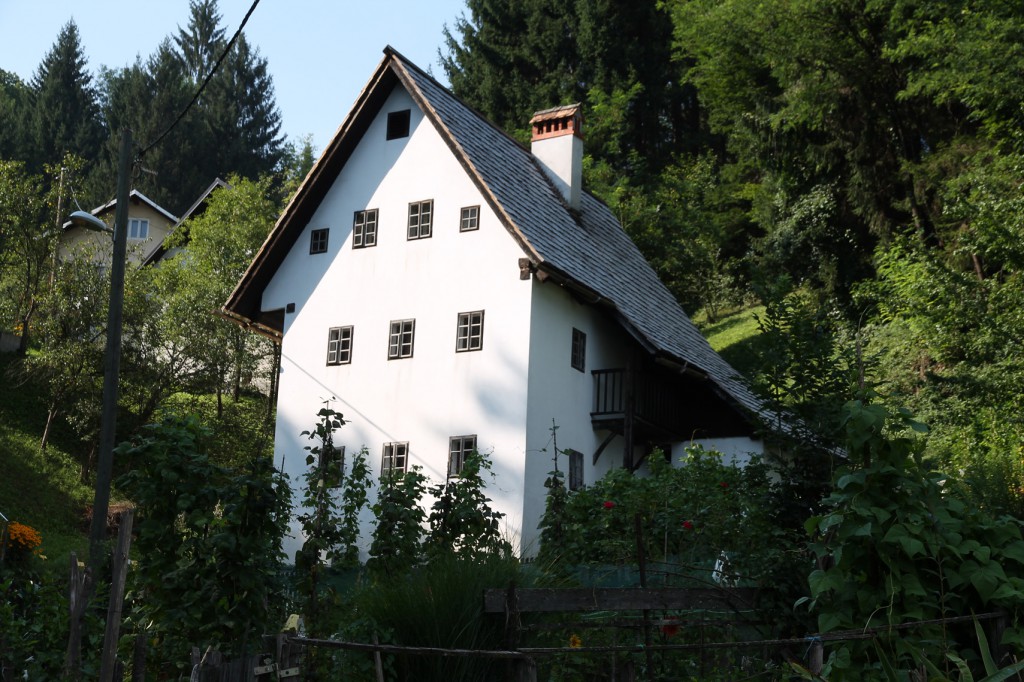
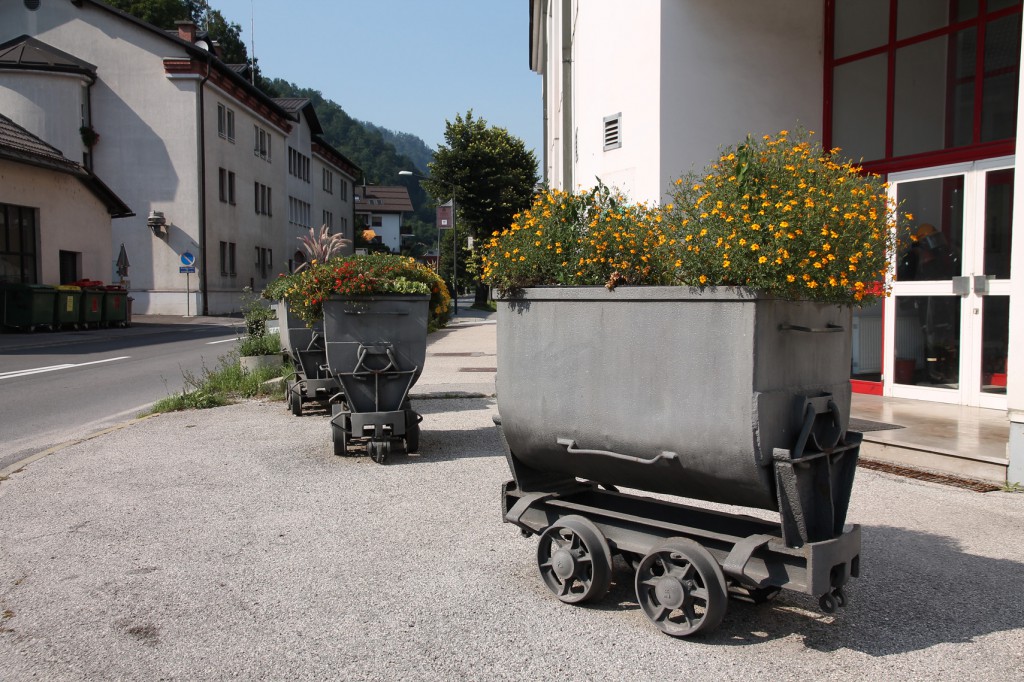
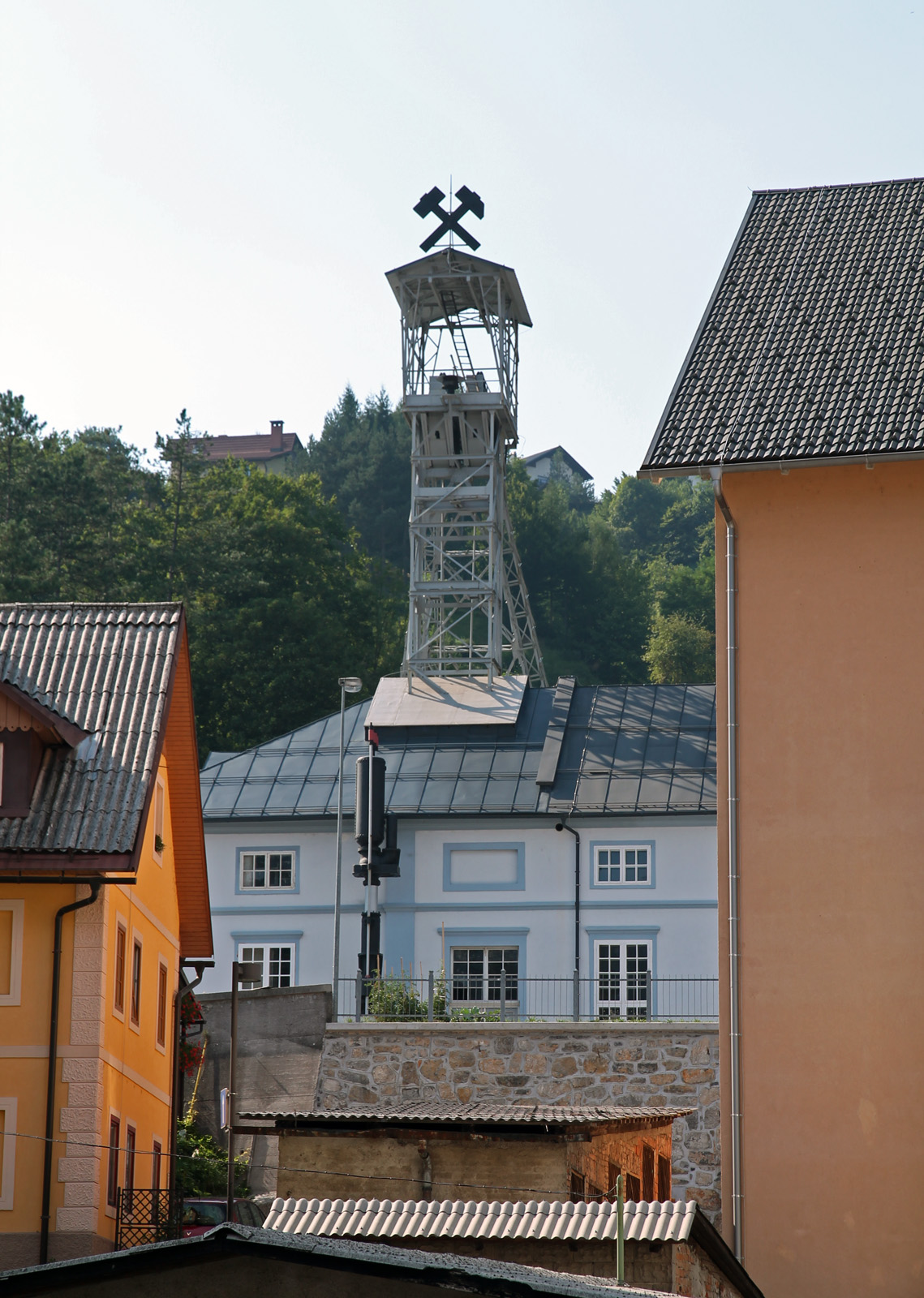
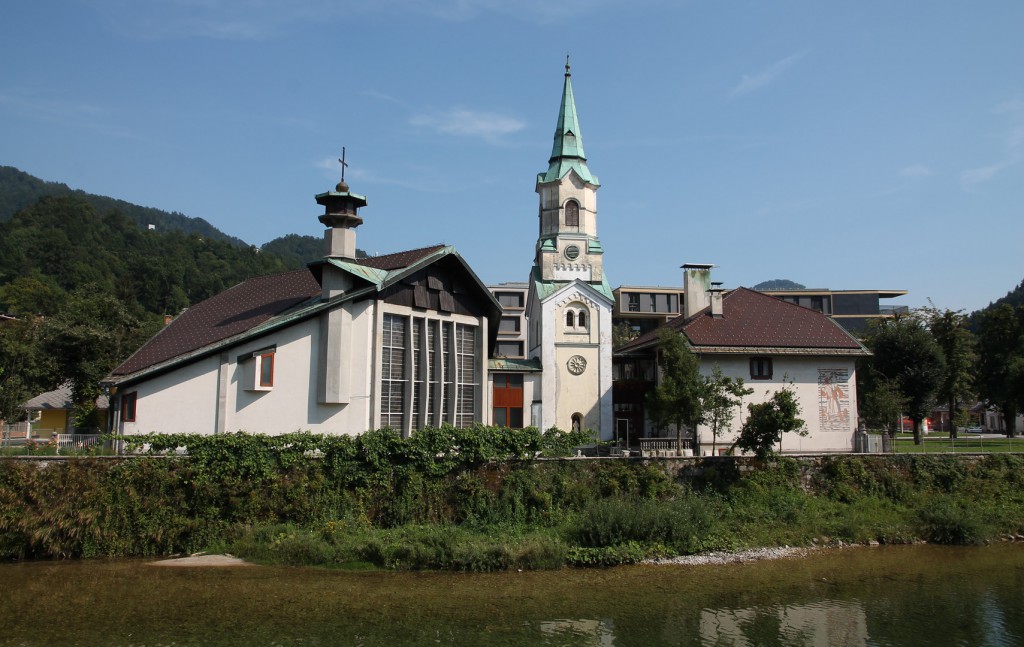
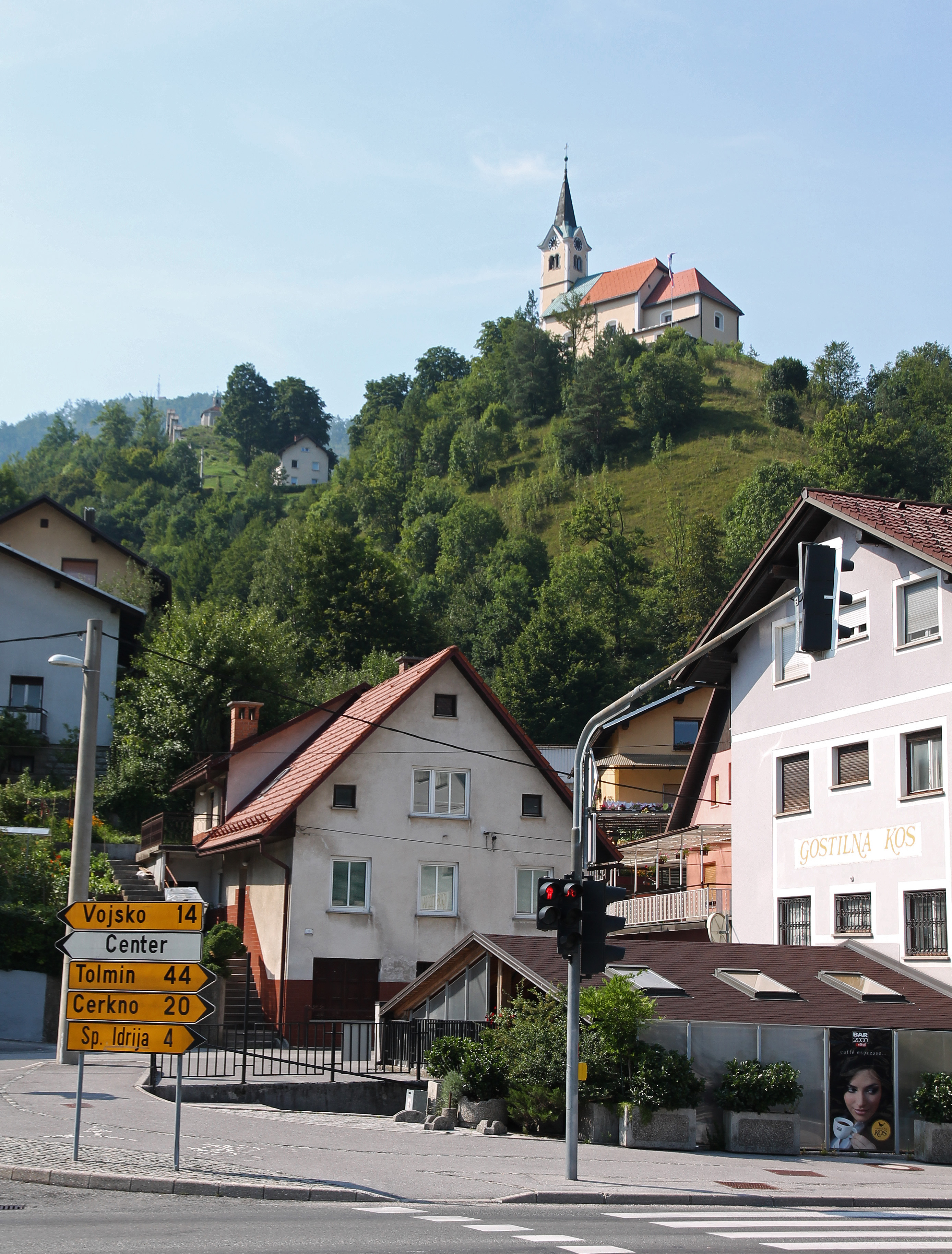
Other must-do’s.
a. Idrija is also famous for its Idrijski žlikrofi, traditional dumplings with potato filling that are served with different types of sauce. Personally I really enjoyed the žlikrofi in Gorgonzola sauce. The most well-known address is Gostilna Kos, but it was closed that day. We went to Gostilna Pri Skafarju in the city centre, which has a tiny but really cosy terrace.
b. Go to the Idrijca river for some relaxing and for refreshing your feet. Follow the Gregorčičeva ulica and Idrijski Log and you will find many suitable places along the road. We kinda missed the Divje Jezero lake, but it seems a great place as well!
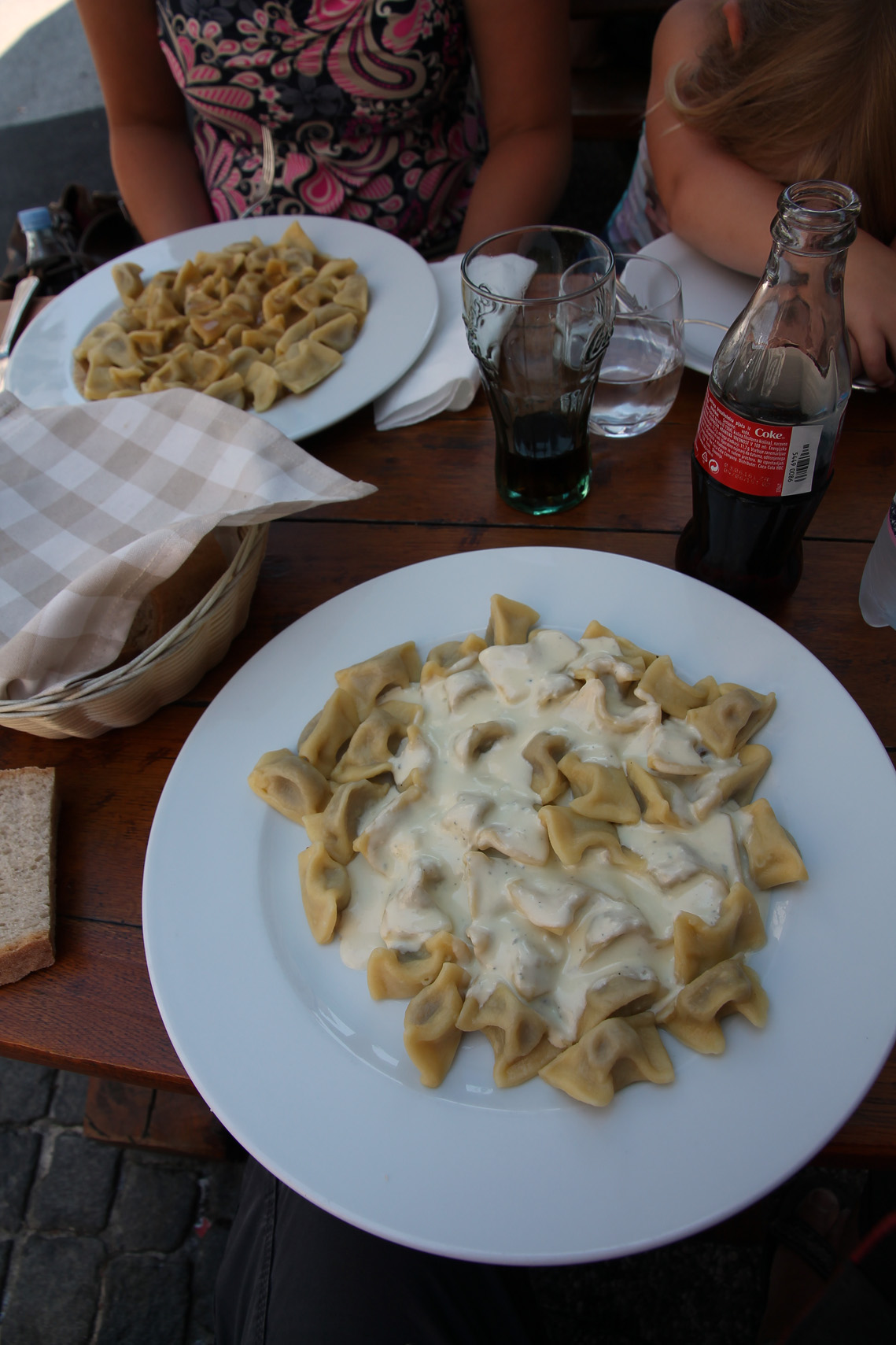
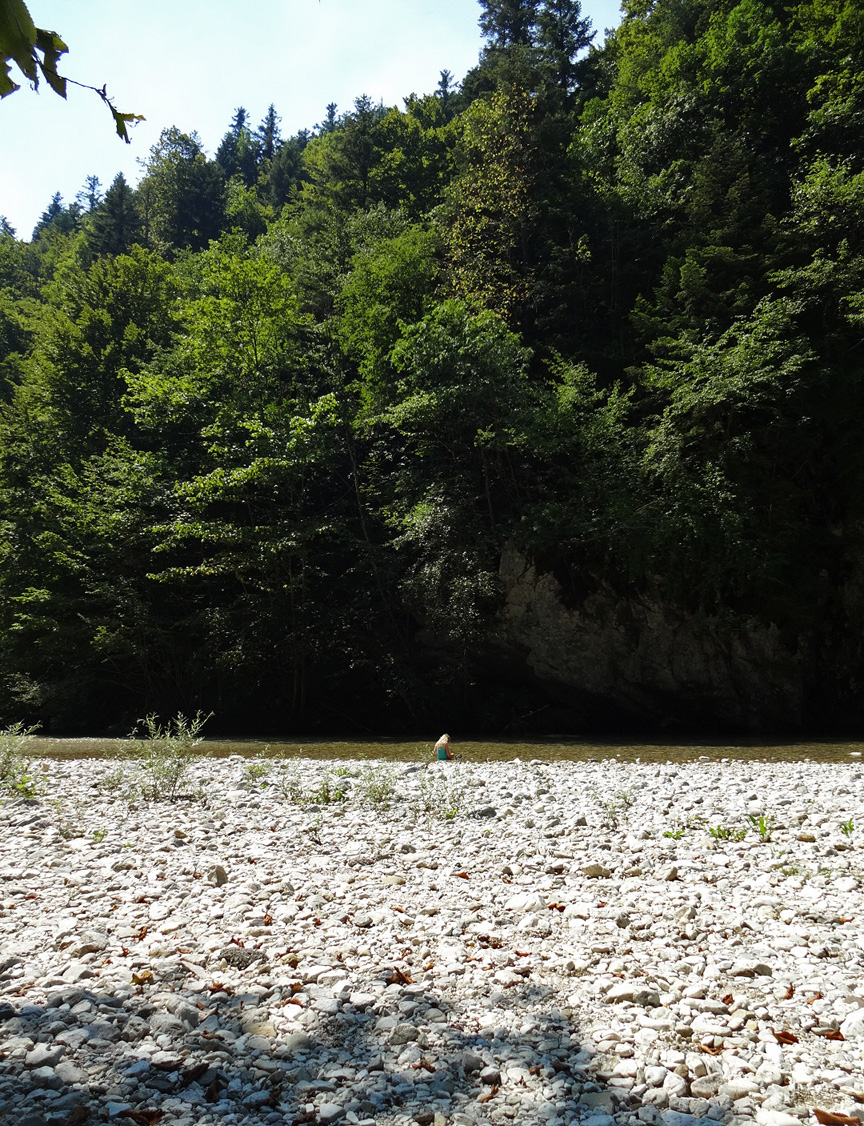
Heritage of Mercury. Almadén and Idrija (nr. 1313)
Mercury is a relative rare metal, liquid at room temperature. It is produced only by a few mines across the world. This world heritage property is composed of two sites: Almadén in Spain and Idrija in Slovenia. These are the two largest mercury mines in the world. They have been important for the production and intercontinental trade of this extraordinary metal.
In Idrija, mercury has been extracted since the 15th century. The site includes both mining infrastructure and infrastructure for its workers, which testifiy of the difficult living and working conditions, as well as the technical and scientific development and innovation as a response to different challenges.

